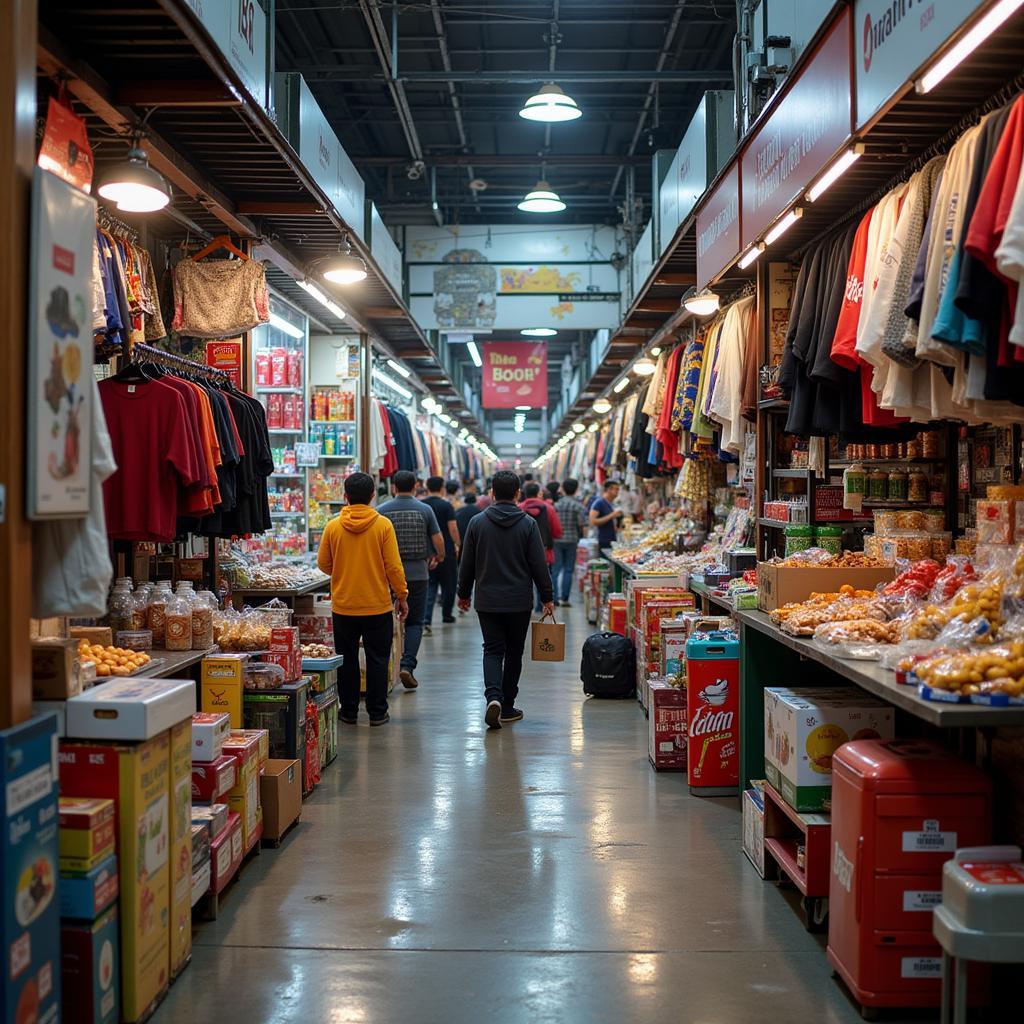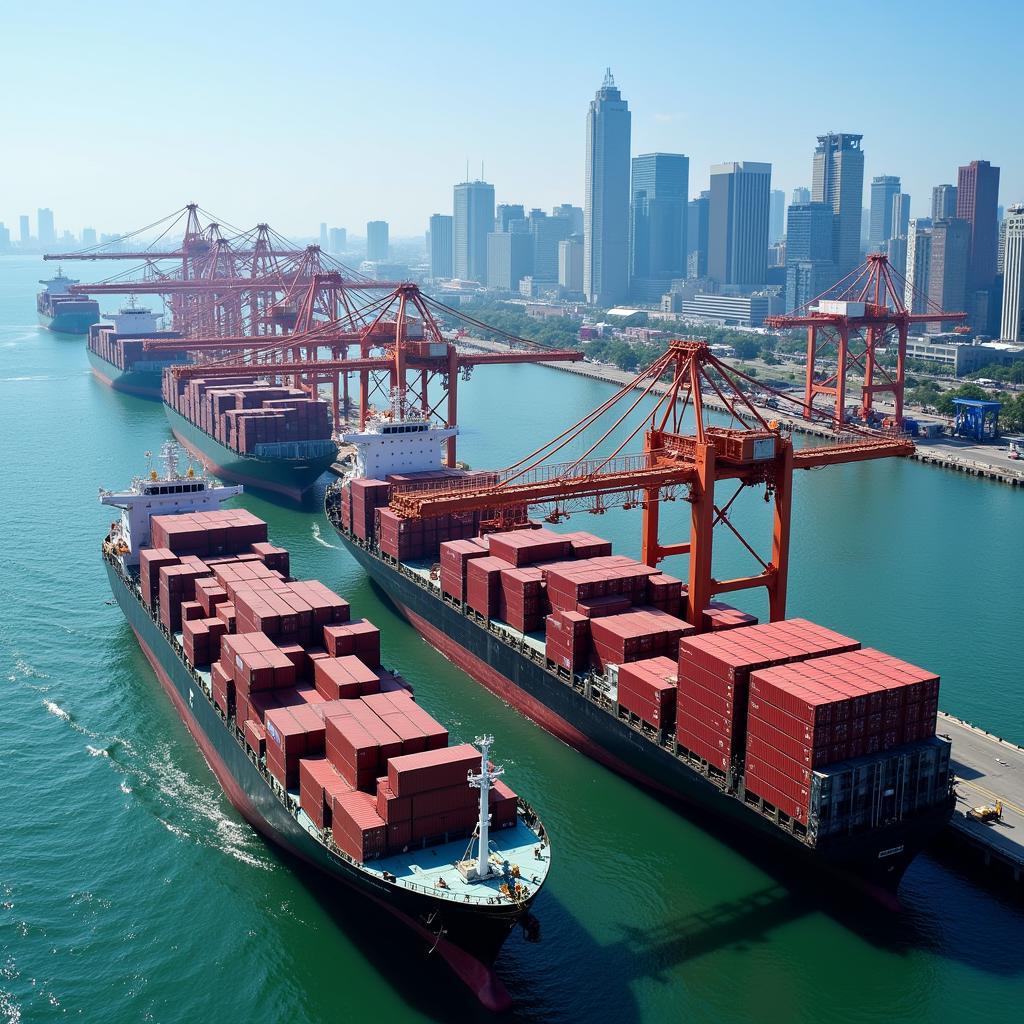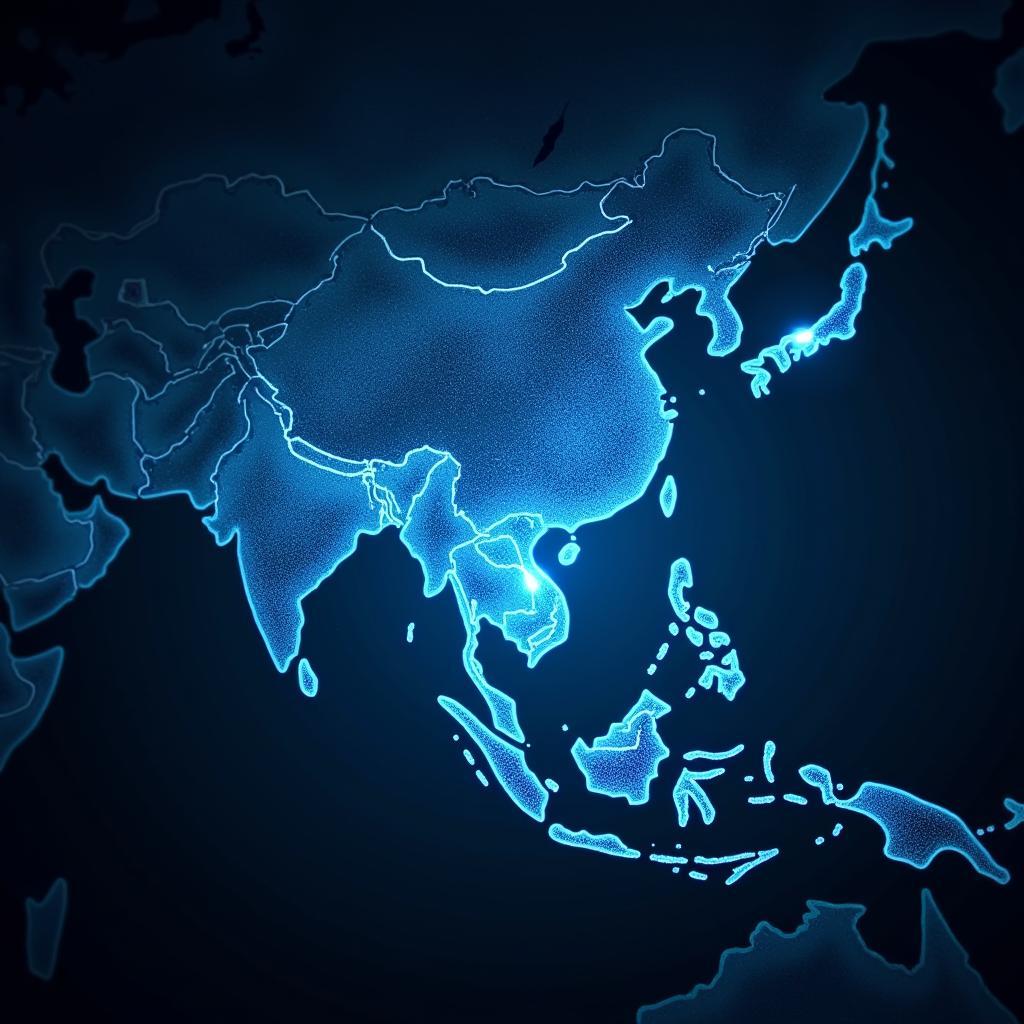Understanding the import landscape of each ASEAN nation is crucial for businesses seeking to tap into the region’s dynamic market. This article explores what products each ASEAN country imports, providing valuable insights into their economic needs and trade patterns.
Decoding ASEAN Import Patterns: A Country-by-Country Analysis
ASEAN member states exhibit diverse import portfolios, reflecting their unique developmental stages and economic priorities. Let’s delve into the specific import trends for each nation.
Brunei Darussalam: Focusing on Industrial Goods and Consumer Products
Brunei’s imports are primarily driven by its need for industrial goods, machinery, and consumer products. The country relies heavily on imports for manufactured goods due to its limited domestic production capacity.
Cambodia: Sourcing Raw Materials and Machinery
Cambodia’s imports mainly consist of raw materials, machinery, and intermediate goods for its growing garment and footwear industry. Additionally, the country imports petroleum products and consumer goods.
Indonesia: Importing Capital Goods and Raw Materials
As Southeast Asia’s largest economy, Indonesia imports a significant volume of capital goods, raw materials, and consumer products. These imports support its manufacturing sector and meet the demands of its large consumer base.
 Indonesia Importing Consumer Products
Indonesia Importing Consumer Products
Laos: Relying on Imports for Manufactured Goods
Laos imports a wide range of manufactured goods, machinery, and consumer products. Its reliance on imports stems from its limited industrial base and developing infrastructure.
Malaysia: Importing High-Tech Components and Consumer Goods
Malaysia’s import profile reflects its advanced manufacturing sector, with a focus on high-tech components, machinery, and consumer goods. The country also imports food products and intermediate goods.
Myanmar: Importing Machinery and Consumer Products
Myanmar’s import needs center around machinery, equipment, and consumer goods. The country is increasingly importing raw materials and intermediate goods to support its developing manufacturing sector.
Philippines: Importing Electronic Components and Consumer Goods
The Philippines imports a significant amount of electronic components, machinery, and consumer goods. The country also imports petroleum products and food items.
Singapore: A Hub for Re-exports and Specialized Goods
As a major trading hub, Singapore imports a wide variety of goods, including high-value electronics, pharmaceuticals, and specialized equipment. Many of these imports are re-exported to other countries.
 Singapore Port Re-exporting Goods
Singapore Port Re-exporting Goods
Thailand: Importing Raw Materials and Machinery for Manufacturing
Thailand’s imports are largely driven by its manufacturing sector, with a focus on raw materials, machinery, and intermediate goods. The country also imports consumer goods and petroleum products.
Vietnam: Importing Machinery and Raw Materials for Manufacturing
Vietnam’s imports are primarily composed of machinery, equipment, and raw materials for its rapidly growing manufacturing sector, particularly in electronics and textiles.
Conclusion: Navigating ASEAN’s Diverse Import Landscape
Understanding what products each ASEAN country imports is crucial for businesses looking to engage with the region. By recognizing the specific import demands of each nation, businesses can tailor their strategies and effectively tap into the diverse market opportunities presented by ASEAN.
FAQ
- What are the major import categories for ASEAN countries? Many ASEAN countries import machinery, raw materials, and consumer goods.
- Which ASEAN country is the largest importer? Indonesia is the largest importer in ASEAN.
- Does Singapore primarily import for domestic consumption? No, a significant portion of Singapore’s imports are re-exported.
- Why does Laos rely heavily on imports? Laos’ limited industrial base necessitates reliance on imports for many goods.
- What drives Thailand’s import needs? Thailand’s manufacturing sector is the primary driver of its import demands.
Need assistance? Contact us 24/7: Phone: 0369020373, Email: [email protected], or visit us in Ngoc Lien Village, Hiep Hoa, Bac Giang, Vietnam.

